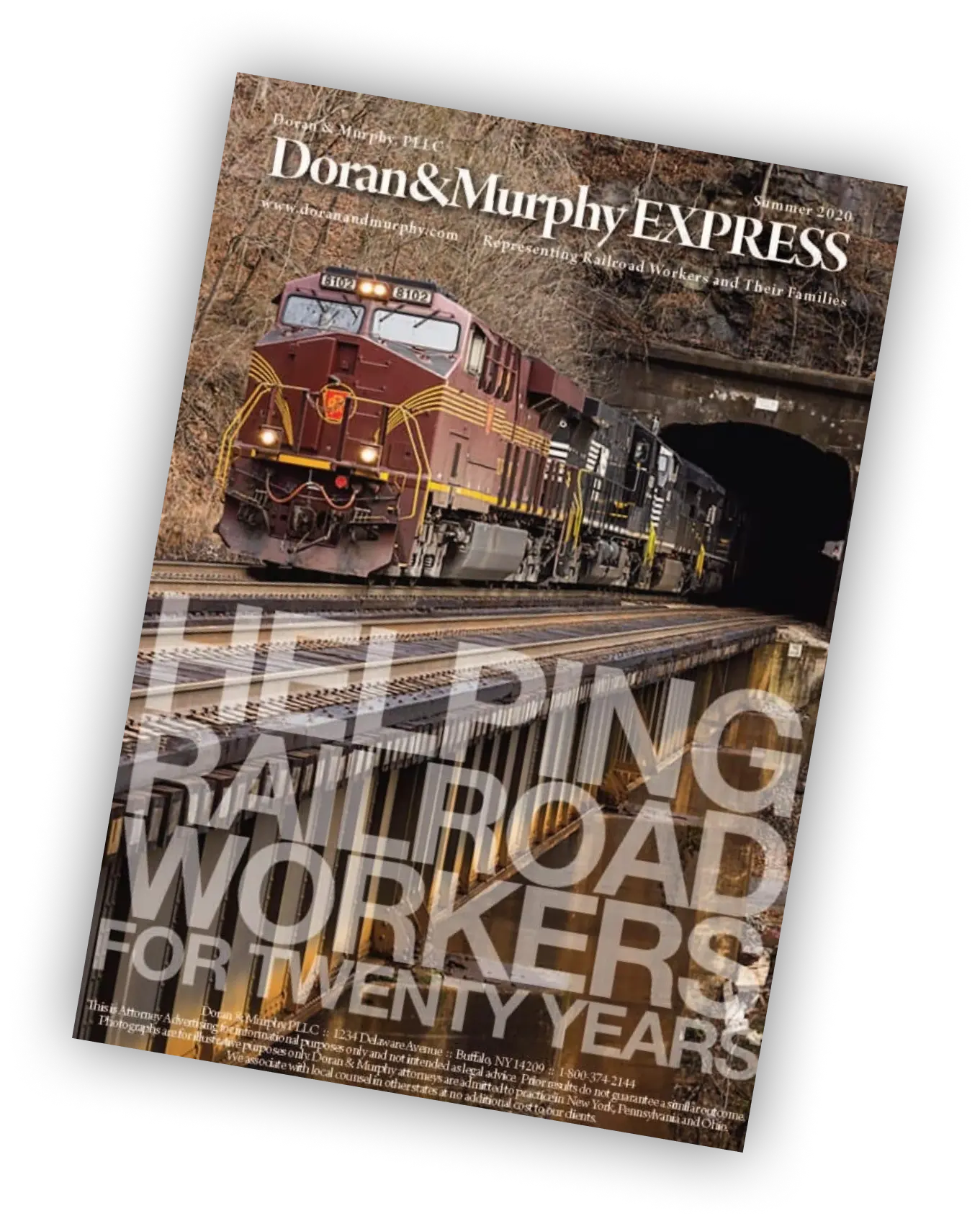
Hip injury settlements are common among railroad workers. Railroad workers can sustain various types of hip injuries due to the nature of their work. Railroad jobs often involve walking extended distances on uneven terrain, climbing up and down from elevated heights, and getting on and off moving equipment (GOOME), all of which put workers at a high risk of sustaining railroad hip injuries. Hip injuries can be difficult for railroad workers, particularly if they prevent the worker from being able to work and earn a living for an extended period of time. Hip injuries can often cause pain and compromised mobility in other areas of the body as well, such as the leg, sciatica, groin, or spine. This can make hip injuries difficult to properly diagnose and treat.
Common railroad hip injuries include:
- Stress Fractures: Stress fractures are hairline cracks along the bone. If left untreated, the fracture can grow and become more severe. If detected early on, the best course of action is to keep the affected leg immobilized until fully healed.
- Traumatic Subluxation and Dislocation: Subluxation and dislocation happens when a traumatic event forces the femur to dislocate or shift away from the pelvic bone. This can be a very serious injury that can lead to long-term side effects.
- Labral Tear: The labrum is the cartilage that reinforces a ball and socket joint. They can be found in your shoulders and hips. This cartilage acts as a buffer between the two bones and prevents them from grinding against one another. A labral tear can cause the ball and socket in your hip to dislodge or disconnect from each other. In some instances, a labral tear can result in a pinched piece of tissue that becomes very painful.
- Muscle Strain: Muscle strains are tearing or overstretching of the affected muscle. There are three different categorizations of muscle strains depending on the severity of the tear.
- Grade 1 — The joint functions normally but suffers from mild overstretching or microscopic tears. The resulting pain is mild.
- Grade 2 — The joint does not function as expected and can lead to the occasional hip disfunction while walking and standing. The pain is typically a moderate sharp pain.
- Grade 3 — The joint is completely torn and unable to perform even basic functions. The hip can no longer support weight of any kind.
Hip injuries can vary in severity and may require many different treatments, ranging from simple rest to surgical intervention for more severe cases. When surgery is required, railroad employees can potentially miss time from work, or worse, and may not be able to return to work due to permanent limitations caused by their injuries. This can result in significant amounts of lost wages, pain & suffering, and emotional distress. Thankfully, compensation for all of these losses is available through the Federal Employers’ Liability Act (“FELA”).
The FELA allows injured workers to bring claims against their railroad employers if they fail to provide a safe workplace. An attorney with experience in FELA cases can help you understand your rights, navigate the legal process, and seek full and fair compensation through a settlement. Hip injury settlements can provide money cover medical expenses, lost wages, pain, and emotional distress. At Doran & Murphy, our consultations are always free. Contact us today to discuss your rights and options.





